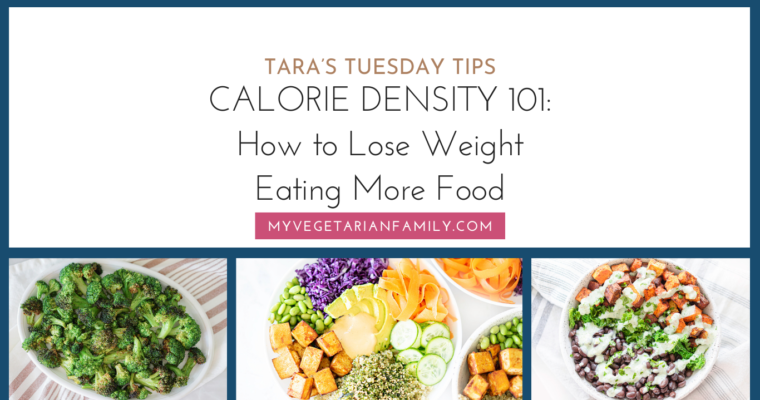Do you struggle with deciding between brown rice and white rice? Cauliflower rice maybe? Black rice? Your struggle is real + you are not alone. The keto craze has made us all afraid of enjoying that beloved rice bowl without the never-ending carb guilt lingering over us. I am here to tell you that you can enjoy this beloved grain. If you have ever asked yourself, “which rice should I eat?”, I am here to help!
Tara’s Tuesday Tips:
Which Rice Should I Eat?
To me, there are no good foods or bad foods. All foods can fit into your life if you understand them. Rice is one of those foods that people struggle with. However, I see rice as a beautiful blank canvas full of nutrients, a food that can properly fuel my body for whatever I set out to do! Let’s break this down so that you can understand + love rice too!
White Rice
- Germ, bran, husk removed in the refining process
- Softer in texture than brown or black rice
- Lower in fiber + antioxidants than other types of rice
- Basmati Rice: thin grain, fragrant, soft, easy to digest, high in niacin + thiamine
- Jasmine Rice: aromatic, high in iron + niacin,
- Arborio: used to make risotto, highest in starch, carbohydrates + iron, contains some fat + protein, highest glycemic index
Eat white rice if you love the soft, fluffy texture + want a rice that soaks up the flavors of the foods you pair it with. Enjoy your white rice with protein, veggies + a little fat, that way you don’t need to be concerned as much about the lower glycemic index!
Brown Rice
- Three times more fiber than white rice
- Is unrefined + therefore still has the bran and germ layer intact
- Contains selenium, manganese, flavonoids + antioxidants which can help in disease prevention
- Lower glycemic index than white rice + won’t spike blood sugar as fast
Eat brown rice if you are looking to add a little fiber to your meal, are diabetic or looking for a lower glycemic index rice + have extra time to soak + rinse properly.
Black Rice
- Highest in antioxidants compared to other types of rice
- Contains flavonoids particularly anthocyanins (fight inflammation + chronic diseases)
- AKA forbidden rice
- Higher in fiber + lower glycemic index than other types of rice
Eat black rice if you are looking to add a food to your diet that is rich in color + flavonoids, want more fiber and a lower glycemic index OR if you simply like the texture!
Cauliflower Rice
- Not technically “rice”
- Lowest in calories
- Highest in vitamins + fiber
- Made from finely chopping or ‘ricing’ cauliflower florets
Eat cauliflower rice if you are looking to up your veggie or fiber intake. Let’s not fool ourselves here, this doesn’t taste like rice BUT it is delicious in its own way if you flavor it properly (see my fav recipes below!).
Let’s Talk About Resistant Starch
Cooked + cooled rice contains resistant starch.
When carbohydrates are digested, they break down into glucose in the small intestine. When a carbohydrate ‘resists’ digestion in the small intestine, it ferments in the large intestine and acts as a prebiotic feeding the good bacteria in the gut. This means that the carbohydrate (or starch) does not raise your blood sugar + allows the good gut bacteria to work their magic (helps you feel full, prevents constipation, increases the health of the microbiome + all the benefits of what comes along with that). Your body has less of a glycemic response when eating rice that was cooked then cooled compared to freshly cooked rice.
So, if you cook your rice ahead of time, refrigerate it overnight, you are turning it into a resistant starch even if you reheat it! More resistant starch = fewer calories your body absorbs from it. Bring on the rice (cooked yesterday 😂).
Arsenic in Rice
I will not get into the controversy surrounding if arsenic is or is not in our soil or being sprayed on American crops. I opted to include my advice on arsenic because however controversial it may be, rice has been found to be the crop with the highest amounts of arsenic in the soil. Rice very easily absorbs the water and soil it is grown in. Arsenic is found in other foods too but rice, rice syrups, rice flours, rice cereals, and rice milks can have particularly high levels. Long term consumption of arsenic or consumption by children, infants, and pregnant mothers is particularly concerning.
Does this mean you shouldn’t eat rice? No, but choose your rice wisely and remember brown rice retains higher levels of arsenic compared to other types with Basmati retaining the least. ALWAYS rinse your rice until clear, soak + rinse again if you can, and cook in excess water. Another method found to remove arsenic in rice is to rinse rice until clear, boil 1 cup rice in 4 cups water for 5 minutes, discard that water and rinse until clear again. Then proceed with your normal cooking method.
What About The Carbs?
Ahhhhh …… the beloved carbs ….. why do we fear you so much? Yes, rice has carbs but don’t count out this awesome grain just yet. I do understand that there are some of you out there that have a little struggle with carbs + I hear you + I understand you! Do keep in mind that there are people around the world that live on rice + enjoy it multiple times per day as a staple food. Some of these people are the healthiest in the world living in the Blue Zones + in actuality, outliving the rest of the world. That being said, the type of rice we eat + what we put in and on our rice can push us into a place where rice can cause some issues for us.
Let me break this down simply. Eating white rice multiple times per day with perhaps some butter on it or full fat dairy or coconut milk sans any protein or veggies or rice in a box or a pouch high in sodium + preservatives, this could become an issue over the long haul. The people in the Blue Zones are not eating rice that way. Rice is a beautiful grain and although high in carbohydrates can be an excellent source of vitamins, fiber, and energy when bought + cooked correctly. If you are an athlete or you enjoy the balance of healthy, high fiber grains in your diet, you cook authentic ethnic foods, or you simply like the taste of it, rice + all of its carbs, certainly have a place in your life, read this: Tara’s Tips For Plant-Powered Athletes
Food For Thought
The best advice I can give you about rice is to choose based on taste first. If you don’t like the taste of something, don’t eat it just because you think it is a better choice. Skip it all together + look for another food that is nutritious and you like the taste. Personally, I don’t like black rice. I don’t care how wonderful of a food it is, I choose not to eat it. On the other hand, I like brown rice. I enjoy the taste + the texture. I also enjoy a really good bowl of white rice with my dal or Thai curry or Chipotle bowl. Rice and rice noodles are both something I regularly eat as fuel before my runs. If utilized properly, rice + rice noodles can be a fabulous whole grain loaded with many, many wonderful nutrients for your body!
My top tips for rice? Always pair whatever rice you choose with protein + fat (this slows down the digestion of the carbs keeping your blood sugar stable + you feeling fuller longer), be mindful of portions, balance your meals, make good-for-you choices around 80% of the time + you will be ok! Yes, you can have your rice + eat it too.
My Favorite Rice Recipes
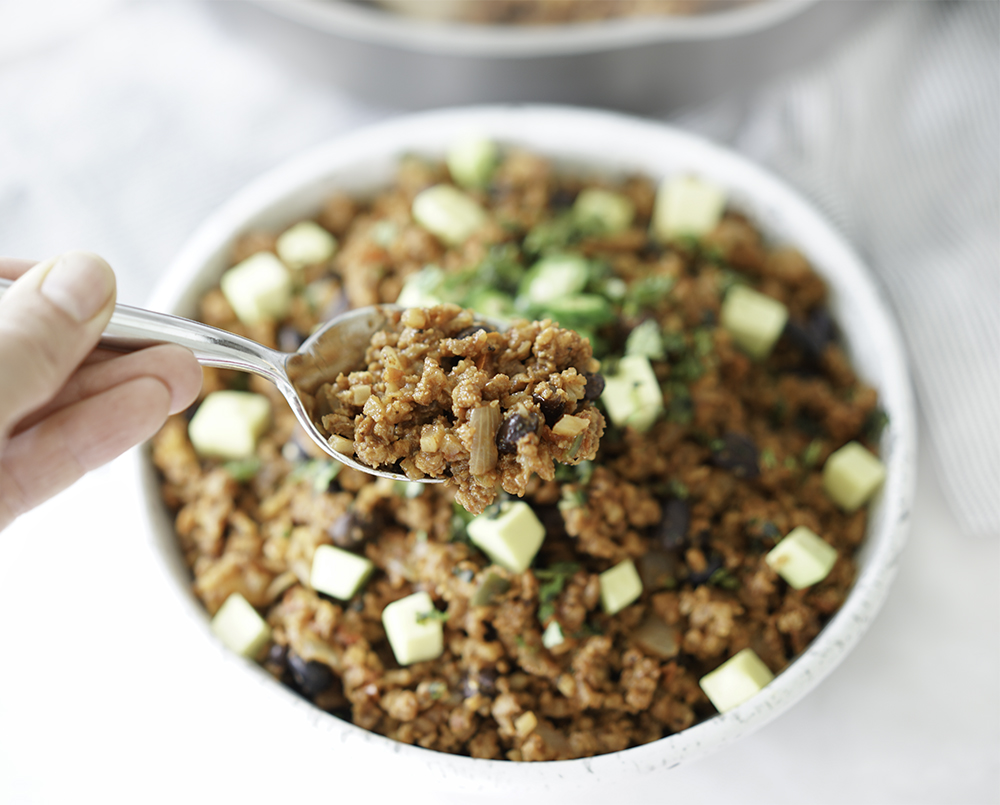
One Pot Vegan Taco Cauliflower Rice
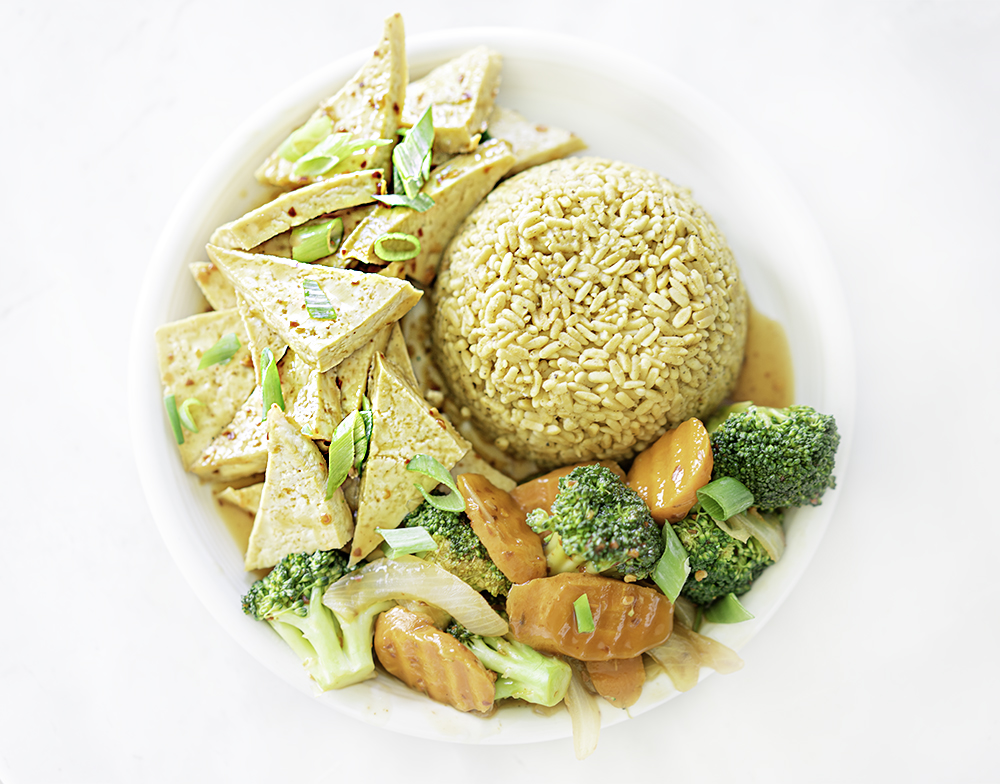
Spicy Garlic Tofu With Vegetables
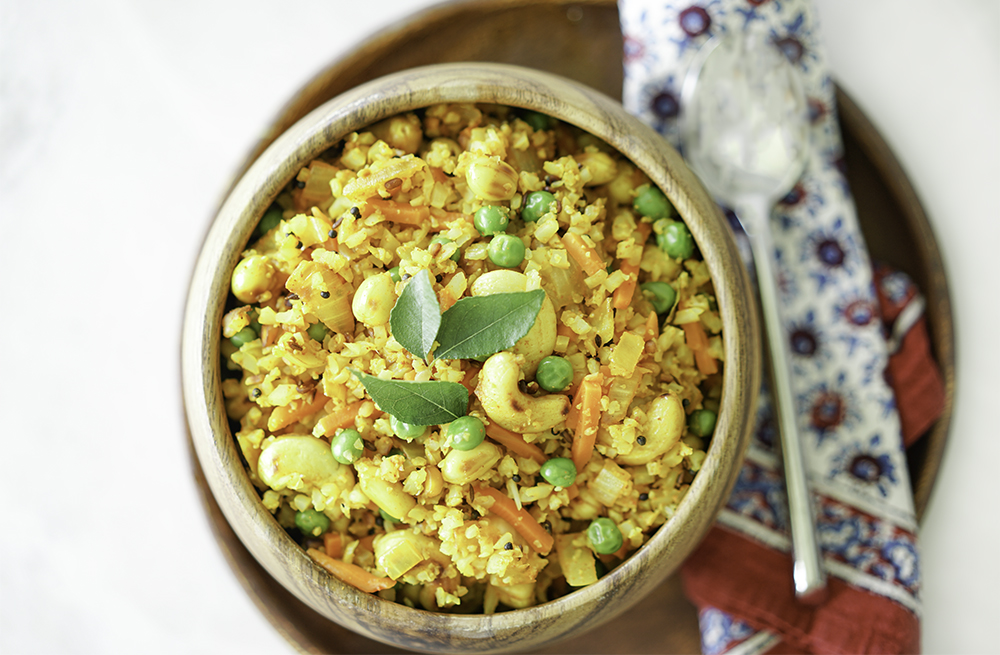
Cauliflower Rice Upma (Vegan + Gluten-Free!)
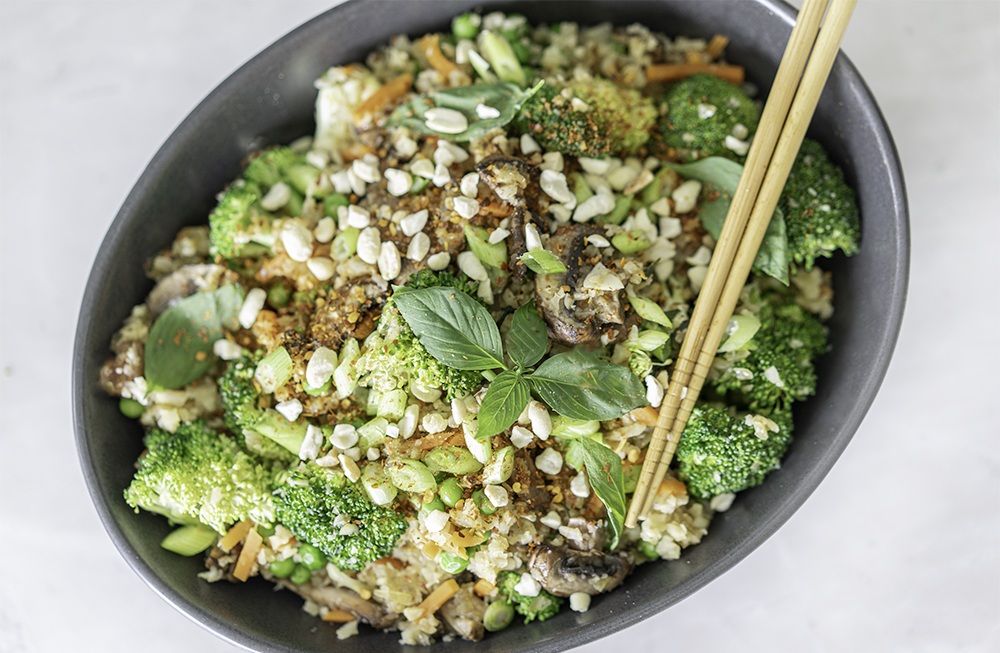
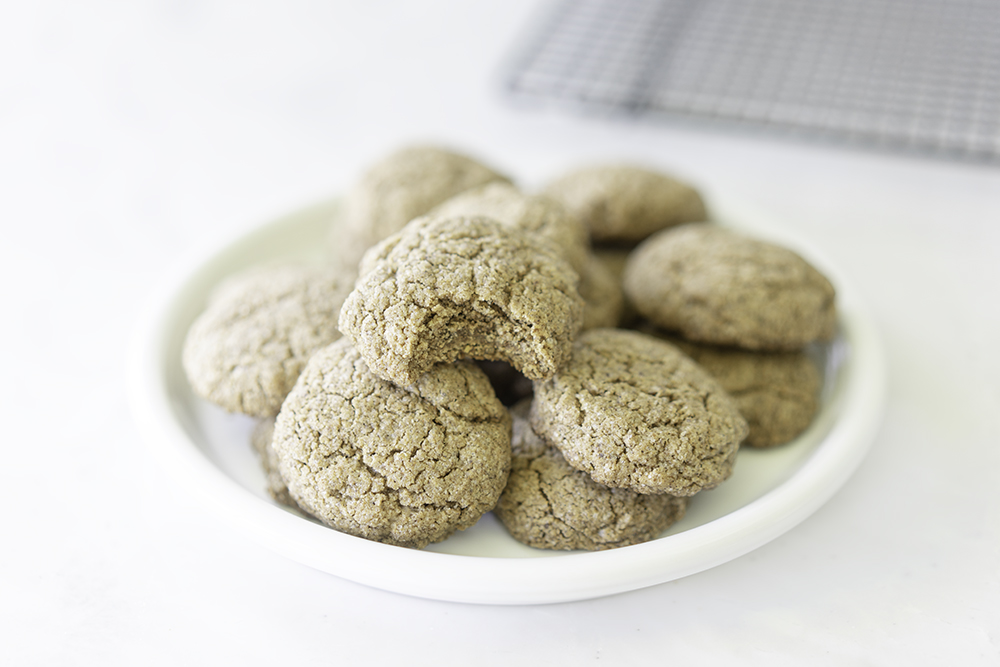
Rice Flour Cinnamon Sugar Cookies
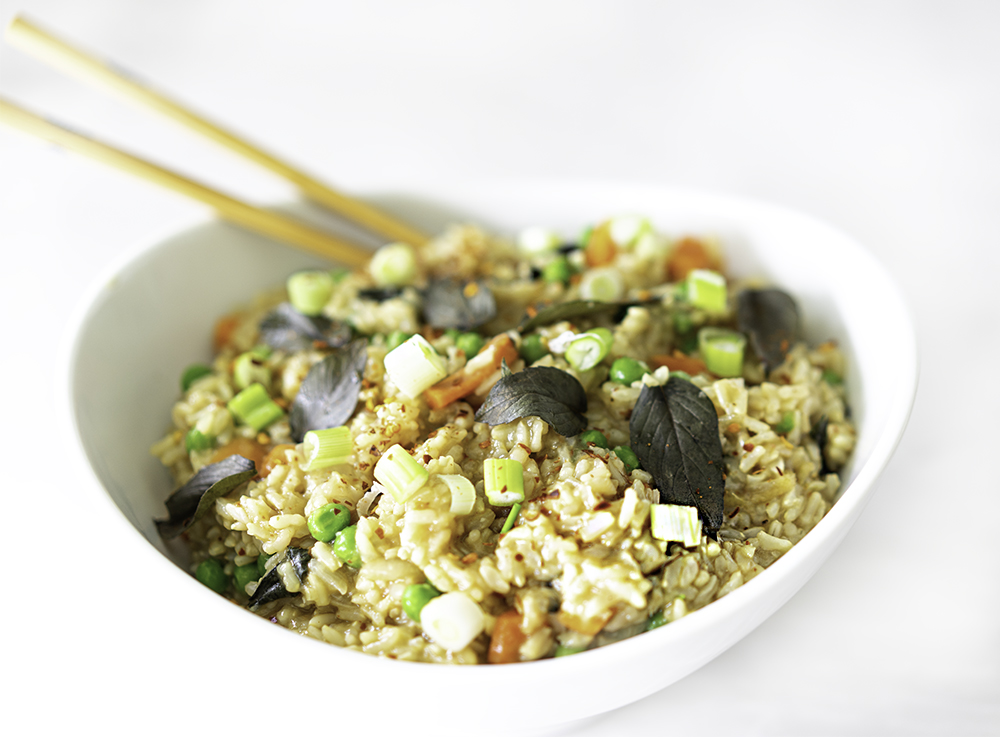
Instant Pot Fried Brown Rice (Oil-Free!)

Cauliflower Fried Rice With Tofu
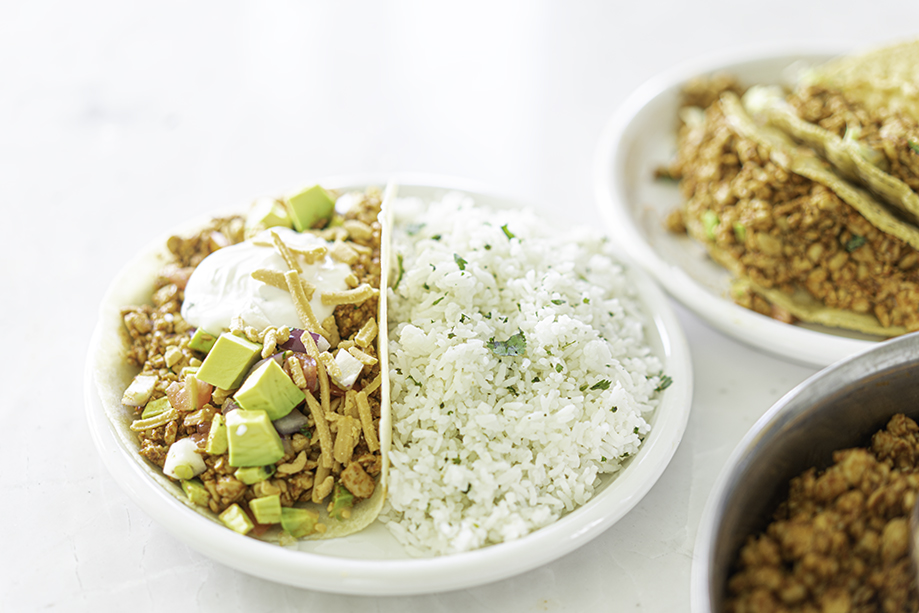
Copycat Chipotle Cilantro Lime Rice
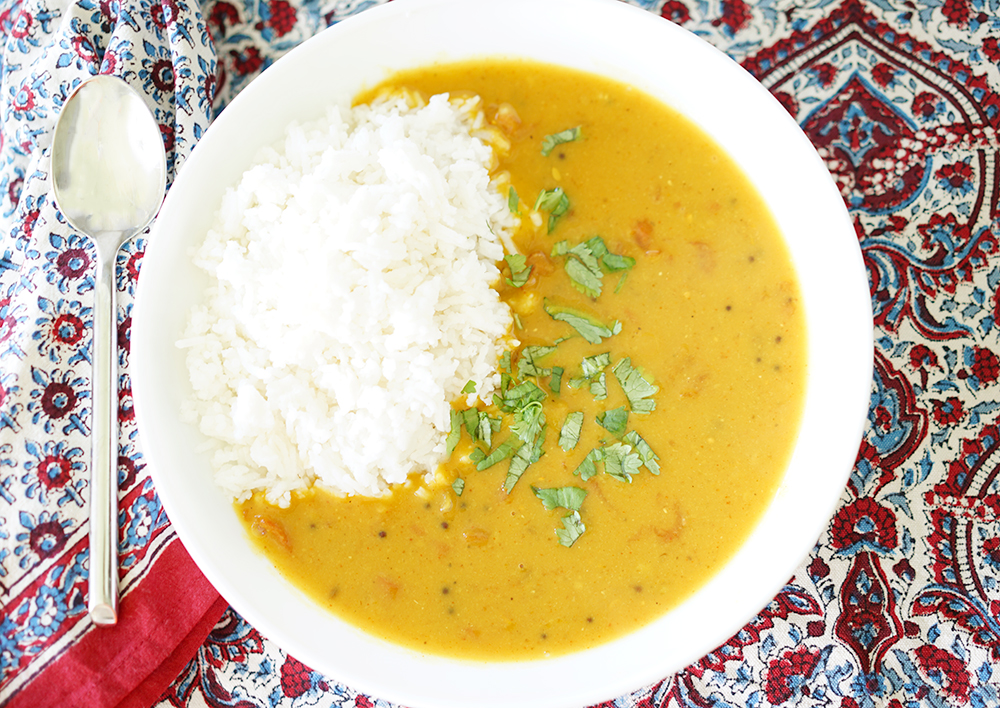

Mexican Cauliflower Rice (Vegan + GF + Whole 30!)
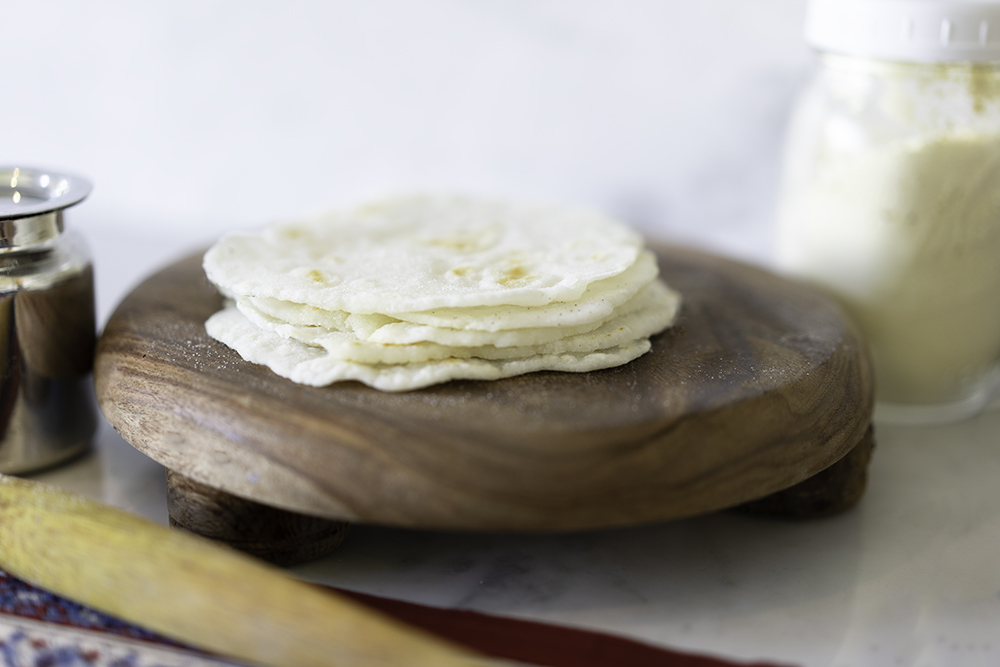
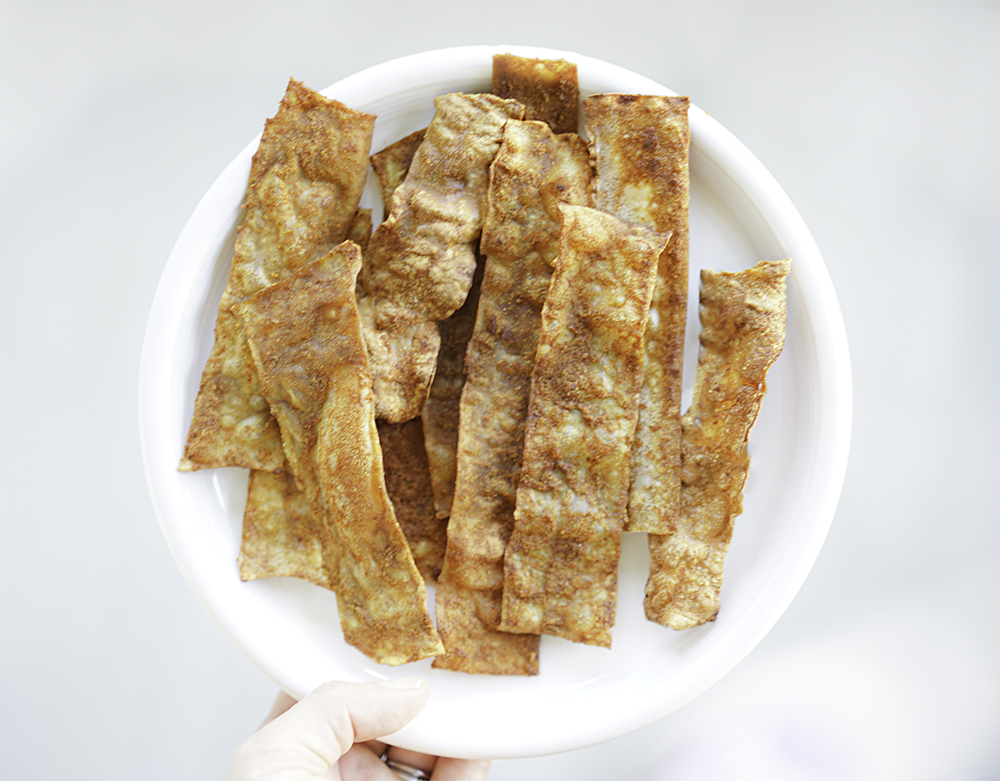
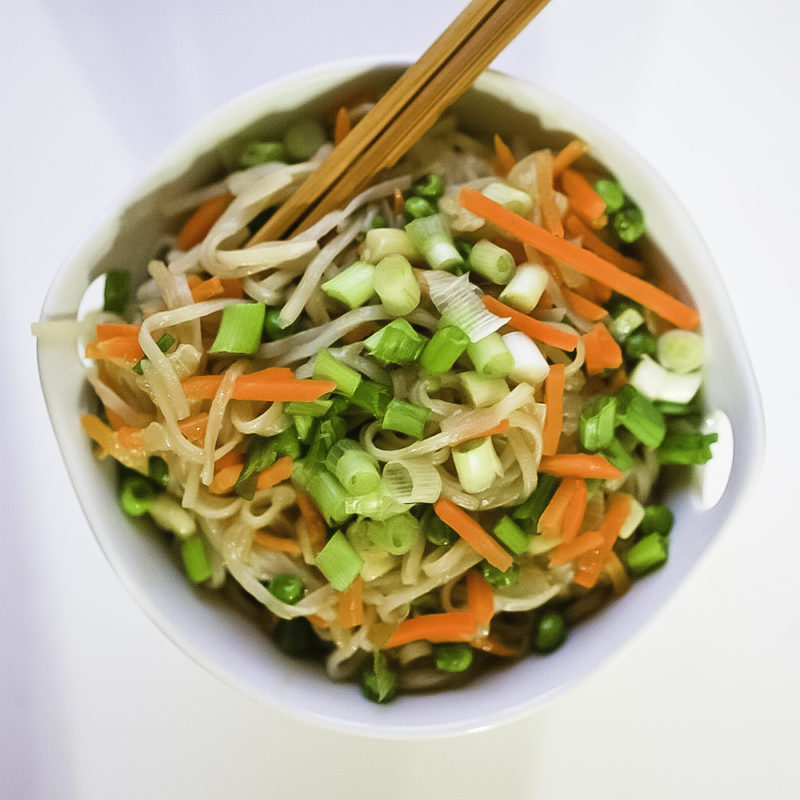

⭐Which Rice Should I Eat? Which Rice Should You Eat? Leave a comment below!
📸I love to see your creations! Follow me on Instagram @myvegetarianfamily and hashtag it #myvegetarianfamily
📩Be sure to subscribe here to my weekly emails for tips + recipes so that you never miss a veggie thing!

